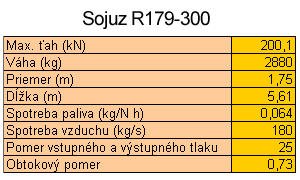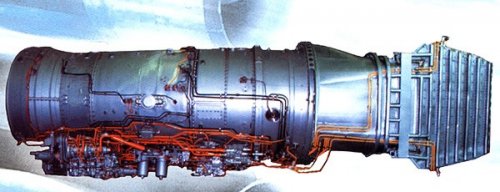- Joined
- 3 January 2006
- Messages
- 1,101
- Reaction score
- 700
The R79 turbofan is familiar to most aviation enthusiasts as the powerplant of the Yak-41 supersonic V/STOL fighter.
In the last 10 years, other lesser known derivatives have come to light. Most notably, the R179-300 is a limited thrust vectoring variant for conventional fighter aircraft, such as the proposed Su-37 canard delta project. Although the output of the R179 is comparable to current generation engines such as the AL-41 (or the American F119/F135 advanced turbofans) the R179 is a far heavier engine, with a higher bypass ratio, mass flow and a greater number of stages.
Sources:
http://www.hitechweb.genezis.eu/fightersOF03.htm
http://www.paralay.com
Link to the manufacuturer's page on the R179-300:
http://www.amntksoyuz.ru/sysdoc/?ClsLn=4&ClsId=19
A non-afterburning R79 derivative, the VK-21:
http://www.amntksoyuz.ru/sysdoc/?ClsLn=4&ClsId=25
In the last 10 years, other lesser known derivatives have come to light. Most notably, the R179-300 is a limited thrust vectoring variant for conventional fighter aircraft, such as the proposed Su-37 canard delta project. Although the output of the R179 is comparable to current generation engines such as the AL-41 (or the American F119/F135 advanced turbofans) the R179 is a far heavier engine, with a higher bypass ratio, mass flow and a greater number of stages.
Sources:
http://www.hitechweb.genezis.eu/fightersOF03.htm
http://www.paralay.com
Link to the manufacuturer's page on the R179-300:
http://www.amntksoyuz.ru/sysdoc/?ClsLn=4&ClsId=19
A non-afterburning R79 derivative, the VK-21:
http://www.amntksoyuz.ru/sysdoc/?ClsLn=4&ClsId=25


